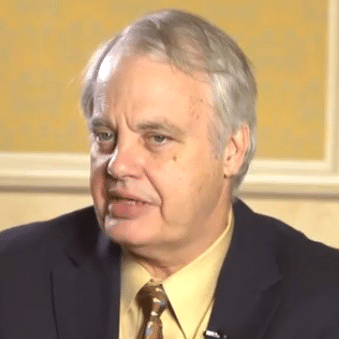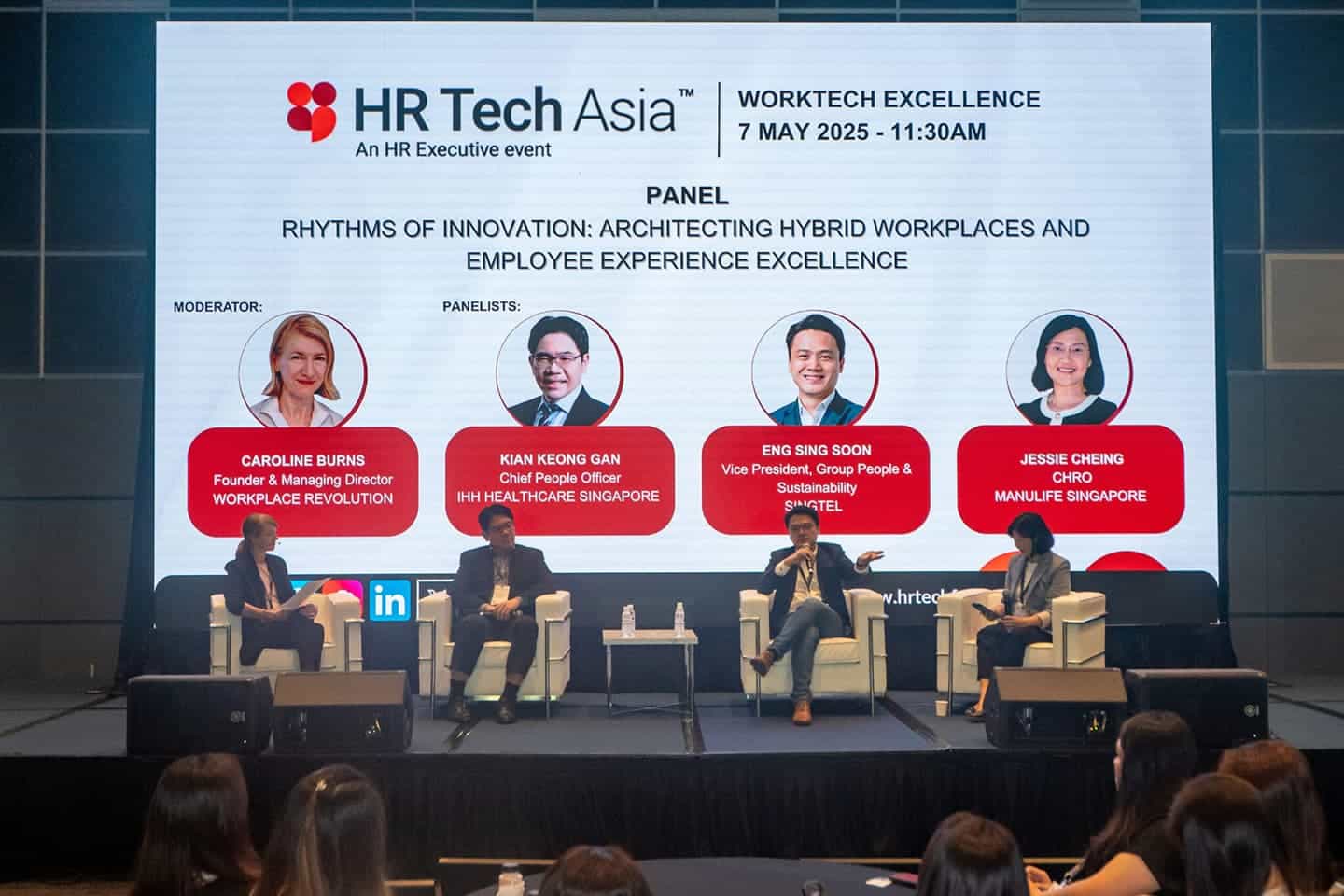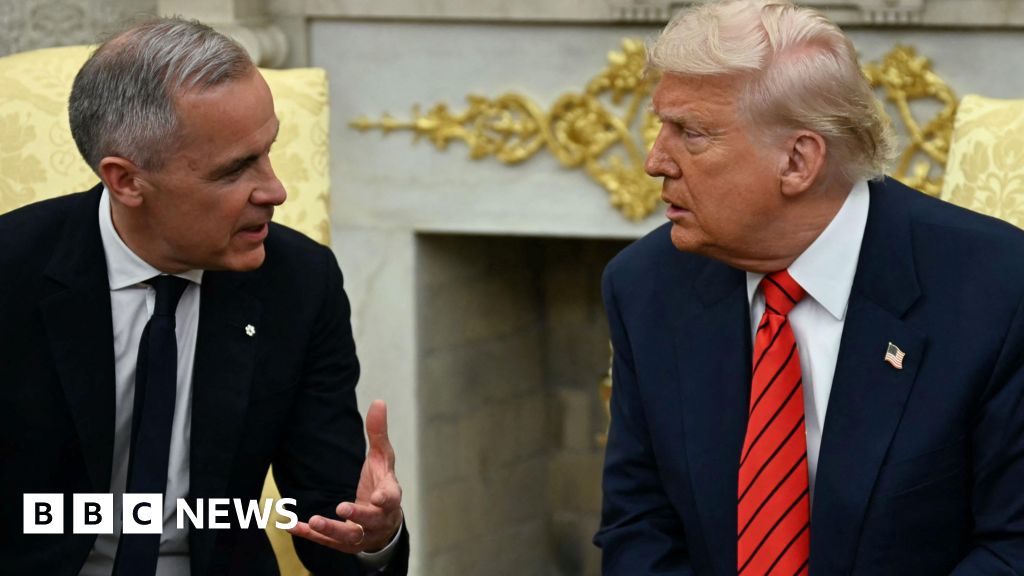At HR Tech Asia 2025 in Singapore last week, managing director and group CHRO Joydeep Bose of Olam International drew on a personal story to challenge HR leaders to rethink how they build institutional capabilities that can give organizations a true competitive edge.
Early in his tenure with Olam, Bose recalled, he was asked what would make the organization not just incrementally better, but a winner. The question sparked his enduring focus on identifying and cultivating the organization’s “superpower”—a distinctive, hard-to-replicate capability that drives performance and purpose.
For Olam—a global food and agriculture business with most of its 60,000-strong workforce in non-urban, frontline roles—this superpower is its mission to transform the sector in an ethical, socially responsible and sustainable way. The mission is embedded through entrepreneurial hiring, lean policies that empower employees to act with ownership and a culture focused on aligning personal purpose with organizational goals.
Bose urged HR leaders to view talent strategy as more than a support function and instead see it as a powerful lever to embed agility, leadership and innovation across the enterprise.
See also: Get ready for HR Tech Asia 2026
Here are six takeaways from HR Tech Asia 2025.
HR transformation for EX
Sri Kodali, senior director of the People Enablement Centre at ServiceNow, challenged traditional perceptions of HR as a support function, reframing it as a strategic driver of enterprise-wide transformation. Drawing on ServiceNow’s internal journey, she shared how the organization has shifted from a shared services model to a center of excellence—one that actively shapes business direction rather than passively supporting it.
The complexity within organizations today, especially with employee-facing systems, is immense, Kodali said, citing data from Gartner that the average organization now has over 80 such systems. This fragments employee experience, draining productivity, engagement and operational effectiveness. In an organization with 10,000 employees, for example, this disjointed landscape can cause an estimated $69 million annual productivity loss, confusion for employees and disconnection from the organization’s purpose.
In response, ServiceNow has committed to what it calls a human-centric renaissance. This approach places people at the heart of EX by improving usability and enabling meaningful work. HR roles within the organization have become more strategic, with HR vice presidents and operations leaders taking on expanded responsibilities that influence broader business decisions. At the same time, technology is playing a pivotal role. By fully leveraging the ServiceNow platform—including its AI and gen AI capabilities—the HR team has become its own first customer, piloting innovations internally to enhance workforce experiences before scaling them externally.
“We want to give our people the best life, the best job and the best purpose—together with the organization,” she said. “That’s our employee promise.”
Insourcing versus outsourcing
A dynamic and thought-provoking session emerged during an industry debate titled Insourcing versus Outsourcing or Down the Middle. Moderated by global leadership advisor and keynote speaker Nitin Goil, senior HR leaders from Medtronic, Ingram Micro and Certis Group examined the complexities of workforce sourcing strategies in today’s rapidly evolving business landscape.
Dr. Jaclyn Lee, CHRO at Certis Group, described how Certis, a major provider of outsourced manpower solutions, sits at a unique intersection in this debate. Amid global uncertainty and shifting geopolitical tides, organizations need to reevaluate their operating models regularly, she said.
For Certis, this has meant examining how AI and automation can streamline internal processes and enhance productivity, especially as the organization undergoes multiple waves of cost-cutting.
Finding ‘the right sourcing model’
Stephanie Nash, vice president of HR for Asia-Pacific at Ingram Micro, echoed this need for reinvention, describing a major internal transformation underway at Ingram Micro. The company is overhauling its process architecture while introducing new technology platforms that will shift interactions with both internal stakeholders and external partners. The evolution has triggered a reassessment of insourcing and outsourcing arrangements across core business functions—including HR, finance, IT and procurement.
“We’re navigating many different scenarios,” she said, “to figure out the right sourcing model that aligns with our operational goals and delivers the benefits we need.”
Rodney Pereira, senior HR director for Medtronic’s Asia Region Markets, advised that an organization’s overarching priorities must drive sourcing decisions. If those are employee engagement, EX and forward-looking HR practices, then the HR function should lead. But if cost optimization, process improvement or reengineering are the main objectives, operations may be better positioned to drive the change, with HR playing a supportive but still critical role.
Either way, forging strong partnerships with IT is increasingly essential in today’s environment. “Upgrading infrastructure and capabilities demands collaboration,” he said. “While HR is a core part of any sourcing strategy, integrating efforts across HR, operations and IT often delivers the best outcomes.”
READ MORE: Day 1 of HR Tech Asia 2025: Building tech fluency and inclusive AI for the future of work
People over AI
Mimi Nicklin, bestselling author and CEO of Empathy Everywhere, closed the event with a plea for leaders to look beyond AI and digital innovation to focus on the human connection at work. She highlighted the financial and human cost of disengagement in the workplace: In Asia, 74% of employees are disengaged, she said, and Singapore alone loses about $500 million a month to presenteeism, disengagement and a lack of motivation.
Alongside the investment in HR technologies and AI, she argued, organizations must work to “re-humanize” work by strengthening social bonds and promoting a culture of belonging.
“We are a species that does well together,” she said. “When we don’t belong, we don’t do well—mentally, physically or professionally. Belonging is not a soft thing. It’s science. It’s evolution.”
More with Mimi Nicklin: Why workplace connection matters more than ever in the age of AI
‘No fruit bowl or yoga class’ compares to a strong relationship
Empathetically led organizations see 23% higher profitability, and teams with strong relational bonds demonstrate three times higher engagement, said Nicklin, citing research and global data. Empathy isn’t about being “nice,” she emphasized, but perspective-taking: the ability to understand how others experience reality. This is a trainable skill that leaders can develop and scale across their teams.
She also challenged traditional corporate approaches to motivation, which often overlook the group dynamic in motivation and risk misdiagnosing performance challenges and missing opportunities for collective improvement. “There is no fruit bowl or yoga class in the world that can fix things as quickly as relationships will,” she said.
Ultimately, in the face of constant transformation and automation, human connection must remain the heart of the workplace.
“This isn’t about soft skills,” she said. “They’re hard. It’s hard to build, sustain and have a significant business impact. And in the fourth industrial revolution, empathy might just be your greatest competitive advantage.”
HR must build AI fluency

Opening keynote speaker Brian Sommer, founder of TechVentive, urged HR leaders to rethink their approach in an AI-powered world. With artificial intelligence already embedded across HR functions—from recruitment to performance management—few organizations fully understand its implications.
“AI is changing not just HR software, but how work gets done,” Sommer warned. Traditional methods of selecting HR technology, like RFIs and feature checklists, are no longer effective, he said, meaning HR teams need to build AI fluency and critically assess how it aligns with organizational needs, security and data ethics.
Sommer also flagged emerging challenges, such as job candidates using AI to perfect resumes and interview answers, and he urged HR leaders to develop policies around AI-generated content.
More from Brian Sommer: 5 forces radically transforming HR and why it comes back to AI
The power of job redesign
Transformation at PARKROYAL COLLECTION Pickering was approached in phases to boost buy-in and top-level support, said Kung Teong Wah, co-chair of the Job Redesign Expert Panel at the Institute for Human Resource Professionals and general manager of PARKROYAL COLLECTION Pickering.
“Leadership is critical in change,” he stressed, describing how his organization started with leadership buy-in and aligning workforce transformation with ROI. This helps HR initiatives avoid common roadblocks, he said.
Then, through a structured approach to job enrichment, capability growth and pilot initiatives across learning and talent acquisition, his team kept payroll flat while increasing salaries by 10%-22% over three years—a testament to the impact of job redesign. “We get to keep people. Our turnover is low,” he said, underscoring the role of strategic redesign in boosting retention and employee value.
Leading with love
Dr. Corrie Block, CEO of Paragon Consulting, delivered a thought-provoking session on how love can be transformative in leadership and organizational culture. He rejected conventional ideas of leading with authority or fear and suggested embracing love as the highest form of empathy, trust and respect in the workplace. “It is easy to rule through fear, but it takes a rare leader to lead through love,” said Block, quoting Sheikh Mohammed bin Rashid Al Maktoum, the ruler of Dubai.
Drawing from personal experiences and leadership insights, Block described how he came to see love—while often considered unprofessional at work—a powerful, untapped element of leadership. He encouraged leaders to foster cultures where employees feel genuinely valued, respected and cared for.
“We intentionally exile the highest quality of human relationships,” he said, “from the place where we spend the most time with each other.”
Josephine Tan covered HR Tech Asia 2025 for HRMAsia. This is a compilation of her stories from the event. See full coverage here.
Credit: Source link











